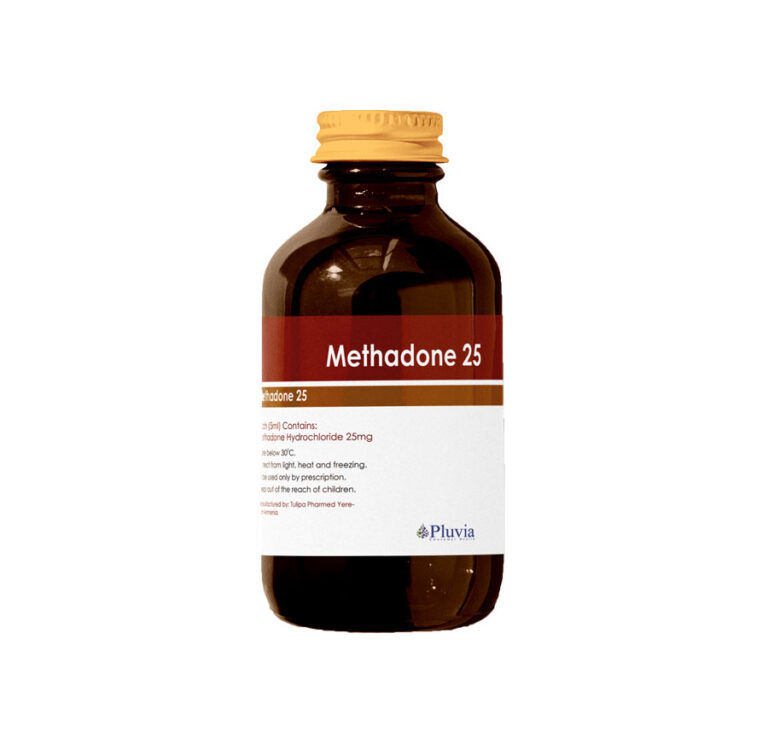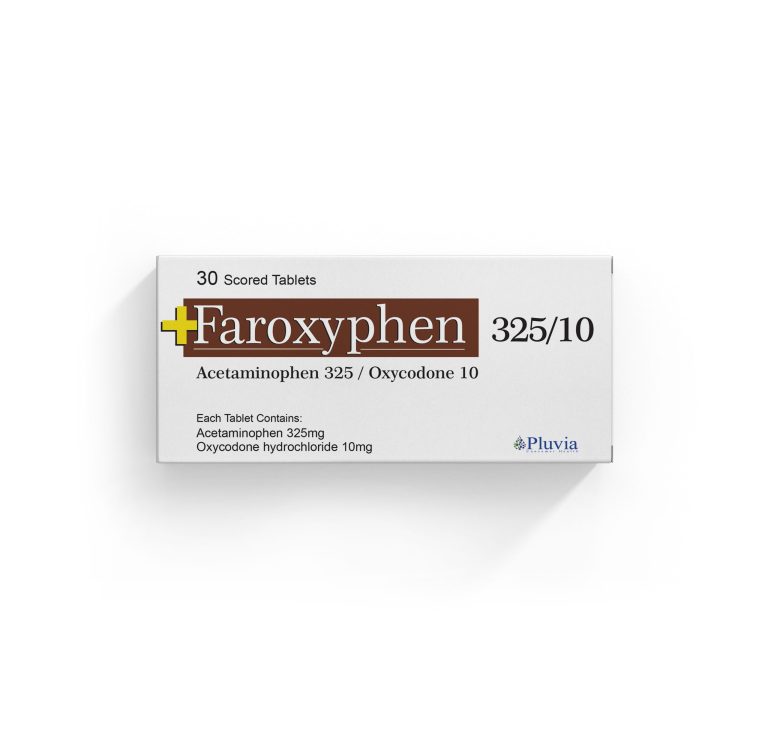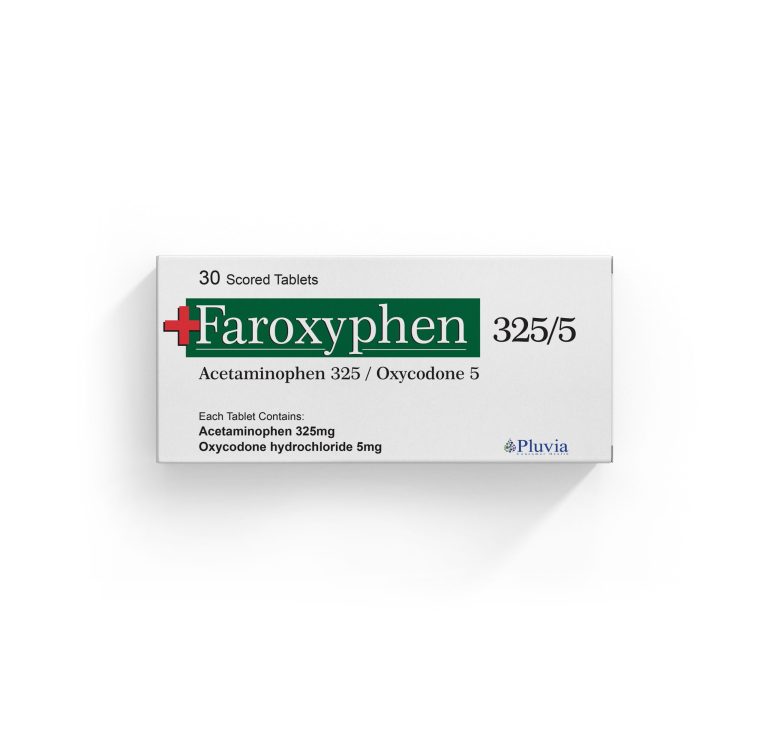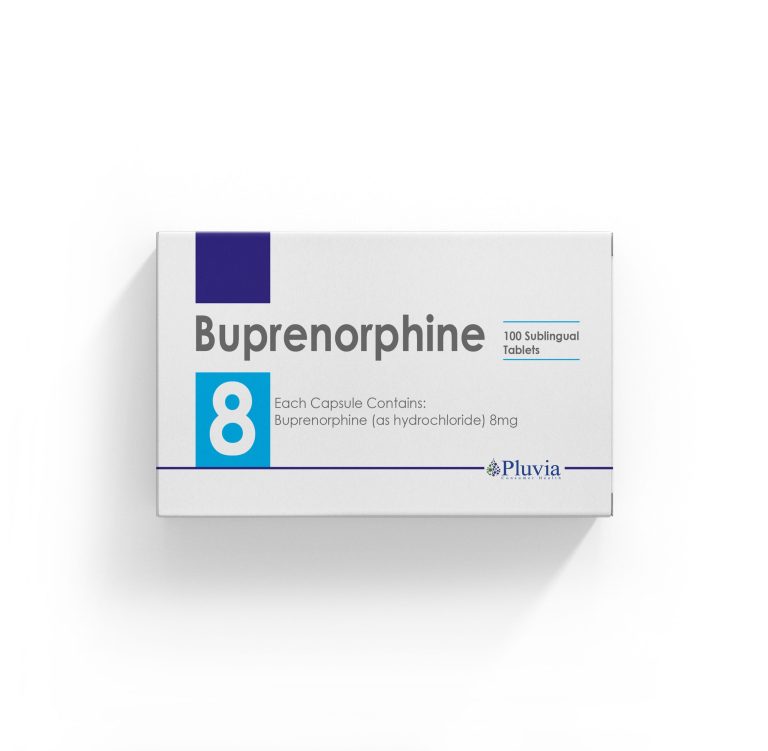Oxycodone Extended-Release (ER) 40mg
Film-Coated Tablet
Box (60 tablets)

Oxycodone is a semisynthetic opiate partial agonist derived from the opioid alkaloid, thebaine. In Addition, Oxycodone 40 mg is used to control moderate to severe pain. Also, It is available as immediate-release tablets (IR), extended-release (ER), and in combination with acetaminophen. Oxycodone undergoes low first-pass metabolism and has a higher bioavailability (60%-87%) compared with morphine. It is slightly more potent than morphine (Oral Oxycodone is roughly 1.5 times more potent than oral morphine).
Therapeutic Fields
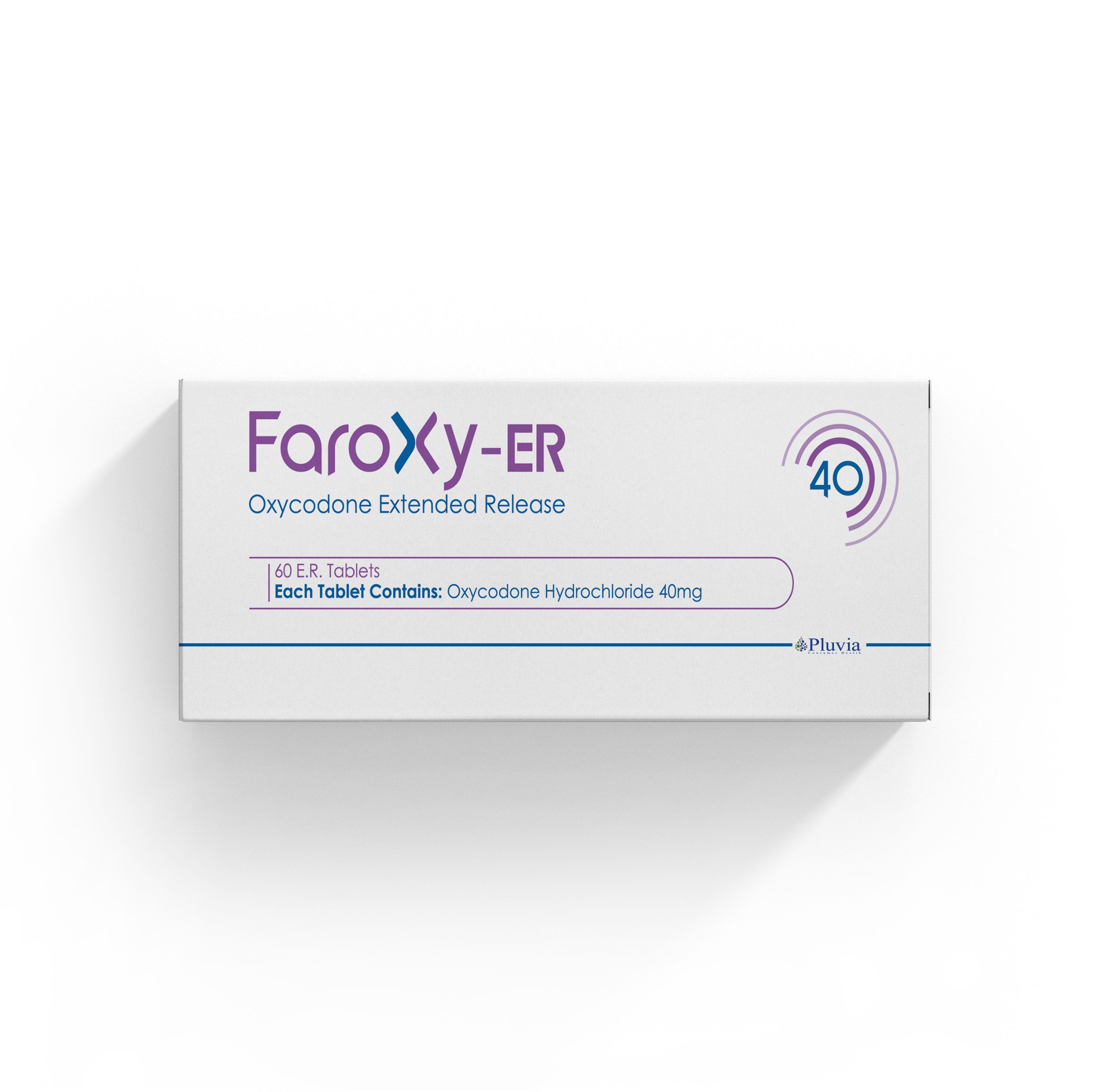
Fast Relief of Acute Pain
Acute pain relief
Fast onset of action
For initial dose in opioid-naive patients
Clinical Research
Oral Oxycodone 40 mg is as effective as IV Morphine Sulfate (MS) in the Management of Acute Pain Following limb trauma
Based on a clinical trial performed in 2018 there was no significant difference between the two groups regarding the decrease in pain within 0, 30, and 60 minutes after administration of either 5mg IV MS or 5mg oral oxycodone. Drowsiness was reported more frequently in the MS group after 30 minutes. Eight participants asked for rescue analgesia in the MS group, while only one patient asked for more analgesia in Oxycodone 40 mg. Other adverse effects were similar in both groups.
Calculating Total Daily Dose of Oxycodone 40 mg for Safer Dosage
Calculating total daily doses of opioids is important to appropriately and effectively prescribe, manage, and taper opioid medications. Moreover, Patients prescribed higher opioid dosages are at higher risk of overdose death. The daily dose calculation of new opioids is as follows
Total Daily Dose of New Opioid
The obtained total daily dose divided by 2 is for OXYCODONE ER and divided by 4 is for OXYCODONE IR. Therefore, These dose conversions are estimated and cannot account for all individual differences in genetics and pharmacokinetics.
Dosing
Infants ≤ 6 months:
Oral Initial dose: 0.025 to 0.05 mg/ kg/ dose every 4 to 6 hours as needed.
Infants> 6 months, Children:
Patient weight <50 kg: Initial dose: 0.1 to 0.2 mg/ kg/ dose every 4 to 6 hours as needed.
Adolescents:
Patient weight 2:50 kg. Initial dose: 5 to 10 mg every 4 to 6 hours as needed.
Administration
Onset
5 – 15 min
Half-life
3.2, 4 h
Maximum Dose
320 mg/day
The recommended dose of ER Cap oxycodone base is 288 mg/ day and 9mg oxycodone-based equivalent to 10mg oxycodone hydrochloride.
Contraindication
- Hypersensitivity to Oxycodone 40 mg or other
- Patients with circulatory shock and
- Significant respiratory depression, acute or severe bronchial asthma, moderate to severe sleep disorder
- Known or suspected paralytic ileus and gastrointestinal
- not recommended during pregnancy and breast
Warning and Precautions
- Use with caution: in CNS depression, Severe hypotension, Respiratory depression, Seizures, Constipation, Mental health conditions, Obesity, Thyroid dysfunction, adrenal insufficiency, Prostatic hyperplasia/urinary stricture, acute alcoholism, underlying GI disorders, difficulty in swallowing, Pancreatic and Biliary disease, Head trauma, Hepatic and renal impairment G6PD deficiency.
- Cytochrome P450 3A4 inhibitors: The concomitant use may increase in oxycodone plasma
- Hepatotoxicity: Most of the cases of liver injury are associated with the use of Acetaminophen at doses that exceed 4g/day in
- Skin reactions: Discontinue therapy at the first appearance of skin rash.
Drug Interactions
- Risk X: Abametapir, Azelastine (Nasal), Bromperidol, Eluxadoline, Fusidic Acid, MAOls, opioids (Mixed Agonist/ Antagonist), Orphenadrine, paraldehyde, Samidorphan,
- SSRls, SNRls, MAOls, 5-HT1, 3 receptor antagonists, Buspirone, Dextromethorphan, Lithium, Cyclobenzaprine, linezolid, John’s wort: concomitant use may cause serotonin syndrome.
- CNS depressants (other opioid analgesics, general anesthetics, phenothiazines, tranquilizers, centrally-acting anti-emetics, sedative-hypnotics, and alcohol): concomitant use may cause hypotension, respiratory depression, coma and
Side Effects
- Drowsiness, headache, dizziness, Pruritus, Nausea, constipation, vomiting, Fever
We understand the complexities and challenges you face in the healthcare industry. That’s why we’re dedicated to providing innovative solutions and insightful knowledge to help you achieve your goals.
Your input is crucial in helping us understand your needs and deliver the most relevant support:


